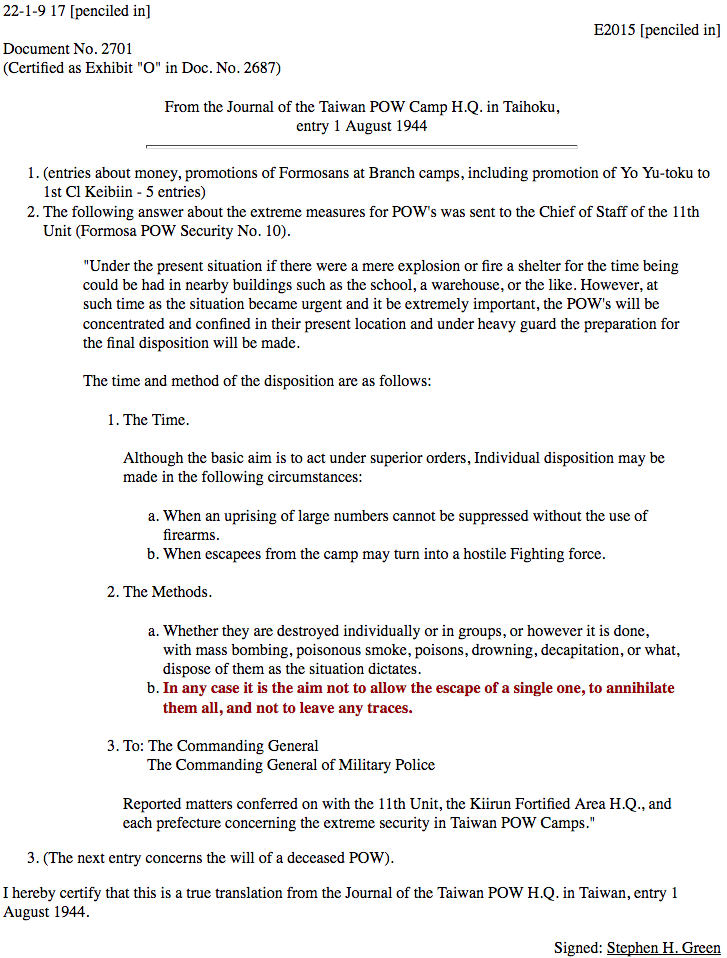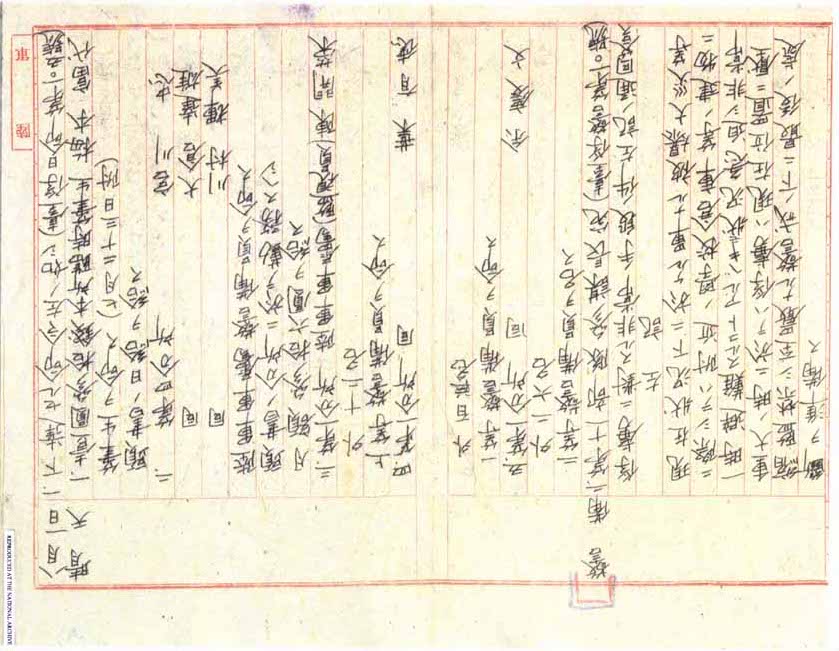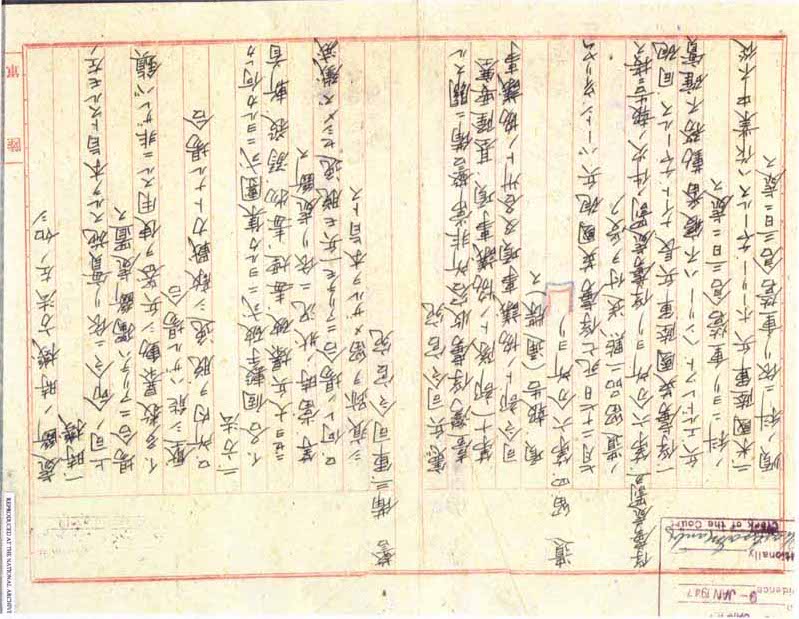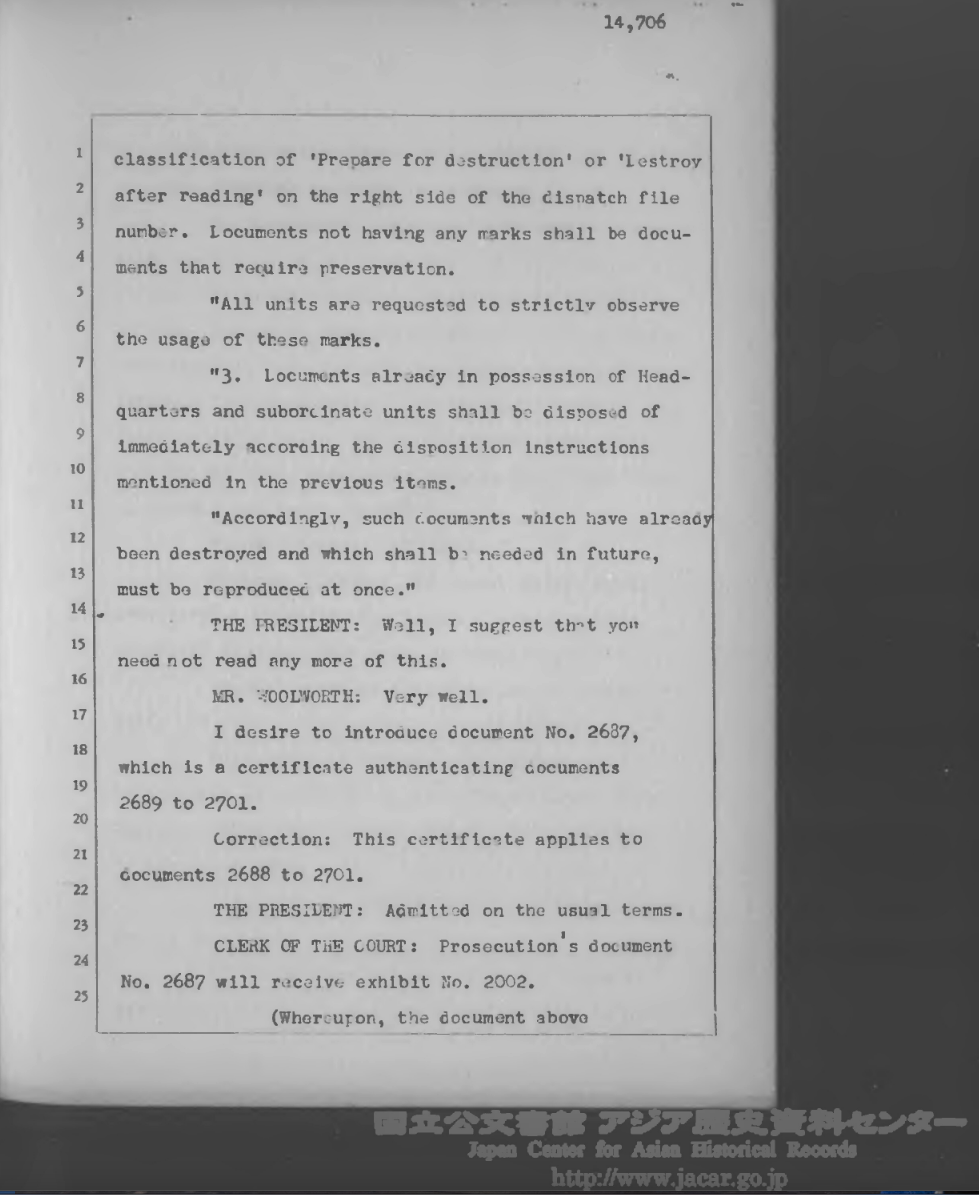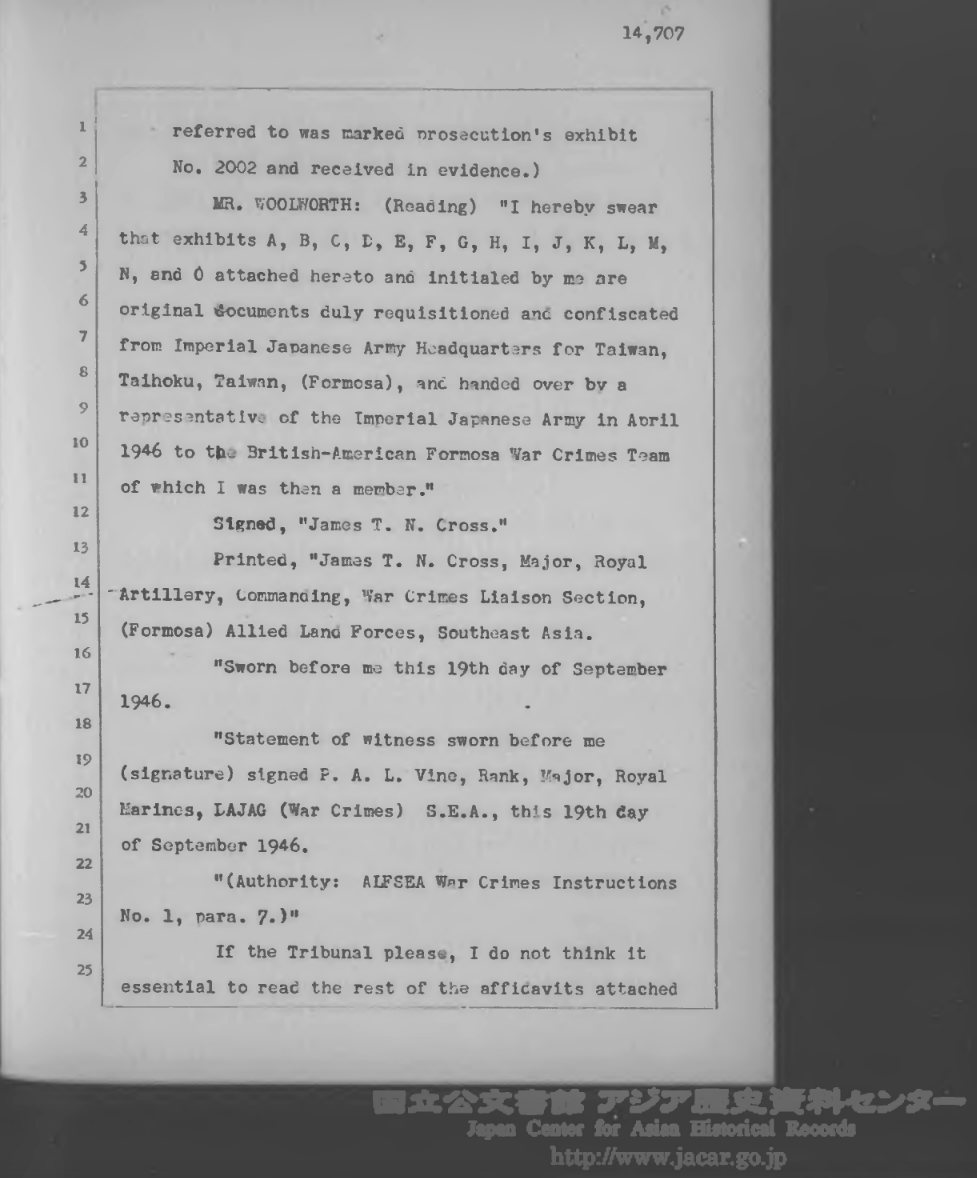Execute all allied POWs once the invasion of Japan begins
Execution Order – Disposition of POW’s – Doc 2701, Exhibit ‘O’
A year before the end of WW2, as Japan neared defeat, the Japanese War Ministry issued written orders to all prison camp commandants instructing them to prepare for the ‘final disposition’ of their POWs.:
‘Whether they are destroyed individually or in groups, or however it is done, with mass bombing, poisonous smoke, poisons, drowning, decapitation or whatever, dispose of them as the situation dictates.
In any case it is the aim not to allow the escape of a single one, to annihilate them all, and not to leave any traces.’
The POWs were to be annihilated as and when Allied Forces landed in the Japanese-occupied territories where they were being held.
Such an order was supported by returned soldiers after the war. POWs at every camp knew the end of the war was near and that the Japs had planned to kill them. They had seen Machine guns set up, they had been made to dig slit trenches everywhere. Those working in caves in hillsides, thought they would be driven in and machine gunned. In many of the camps the POWs planned to retaliate – they realised many of them would die but they planned to do the best they could. It was a very stressful time for POWs, there was less food than ever, they were at breaking point, both mentally and physically. Particularly in some camps such as those in Thailand, outside Saigon and the miserable camps throughout Japan. And of course the Sumatra railway was an ongoing grave – there was no food – there had not been food for many months.
The population was starving in Japan. The people were prepared to defend their homes and country with basic weapons such as they could find around their homes.
POWs everywhere were living on tenderhooks – suffering physical and mental exhaustion. Can you imagine having survived more than 3 1/2 years of captivity POWs now faced the probability of fighting for their lives whilst in captivity.
There was minimal documentation found at the end of the war confirming this order however Toru Fukubayashi in POW Camps in Japan Proper states
‘It appears that the Japanese Army did have a policy to kill all the POWs if Allied Forces landed on Japanese home islands. Some argue that there are few materials to prove that this policy existed. However, Mr. Yamashita, who was the commander of Iruka Branch Camp (Nagoya No.4) in Mie Prefecture, told me in 1998 that ideas about how to kill the POWs had been discussed among the principal members of the branch camp.’
At Nakom Paton in Thailand, Weary Dunlop feared that the Japanese might kill all the prisoners in the event of an invasion or other crisis. His fears had some basis, for at several camps the Japanese were prepared to dispose of prisoners.
In July 1945 Weary Dunlop recorded in his diary
‘a mounting tension ….. with sinister overtones’. The camp was now completely surrounded by the two and a half metre – high bund or earthen embankment. Japanese guards patrolled its flat top. Machine gun emplacements faced inward at each corner. One of the Korean guards repeatedly and furtively sought him out to pass on news about the progress of the war. ‘He was pessimistic as to any hope of our being recovered alive. Invasion (of Thailand), he felt, would be met by massacres and death marches.’ Weary agreed.
Such a document was accepted at later War Crime hearings where some were bought to account. Document 2701 (certified as Exhibit ‘O’ in Doc. No. 2687) taken from the Journal of the Taiwan POW Camp Headquarters in Taihoku entry 1 August 1944 was accepted by the International Military Tribunal as evidence of such an order.
We know these orders were carried out at Sandakan, North Borneo where the Japanese believed they had annihilated every single POW between January to August 1945. But they hadn’t counted on any escaped POWs being alive. The Sandakan story is not a proud one for these ‘brave’ Japanese soldiers.
